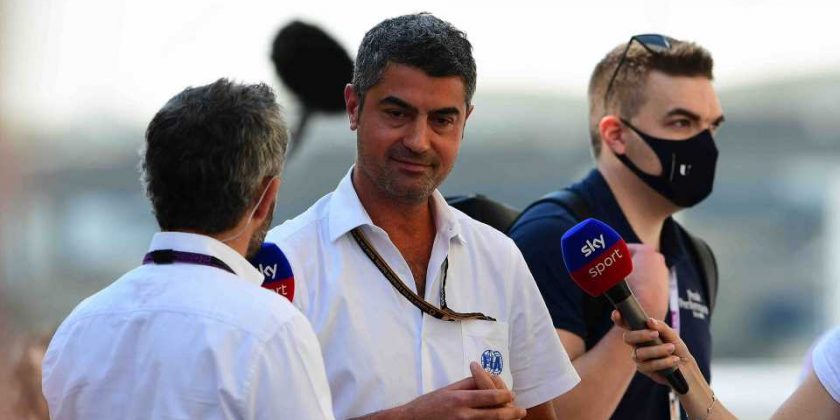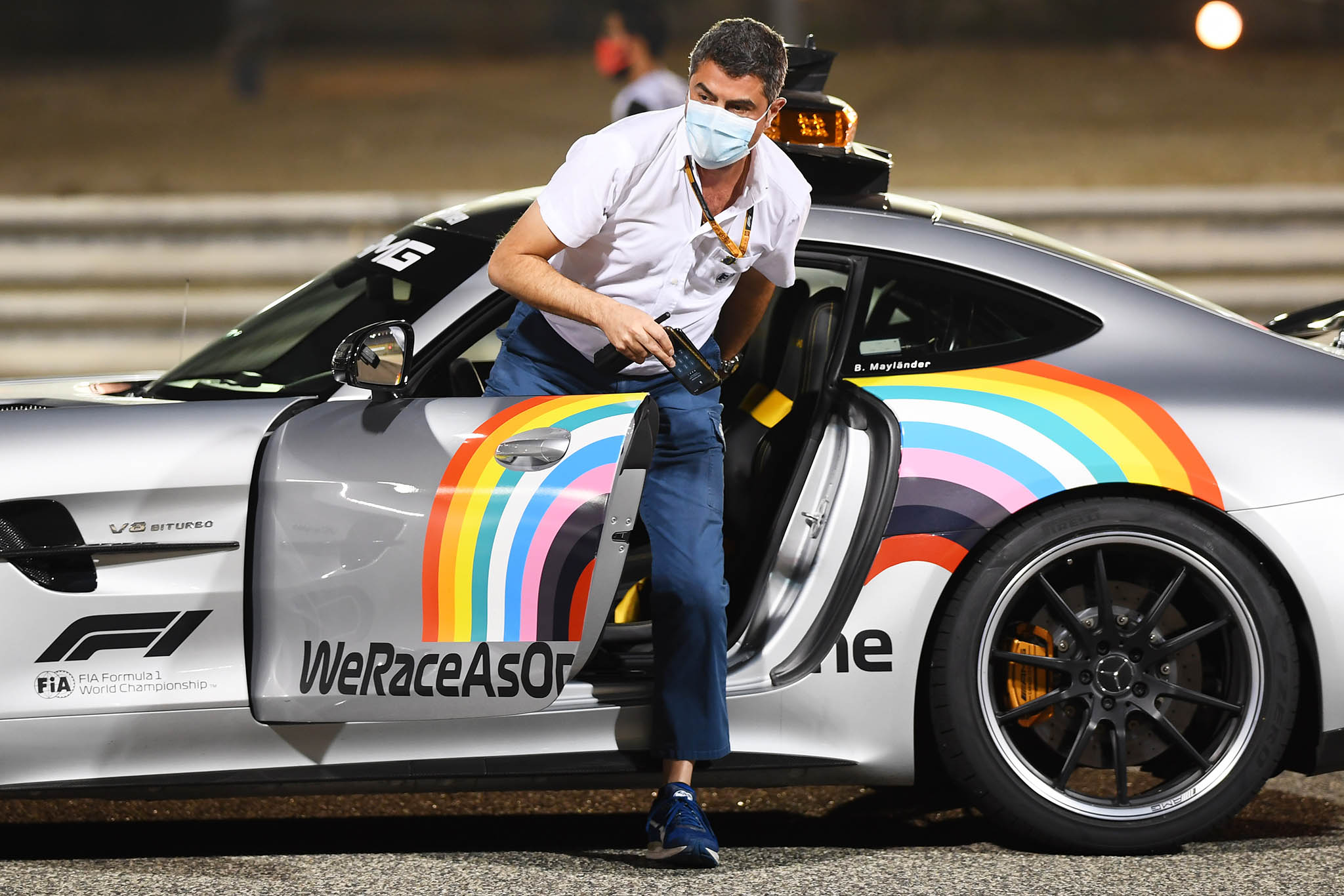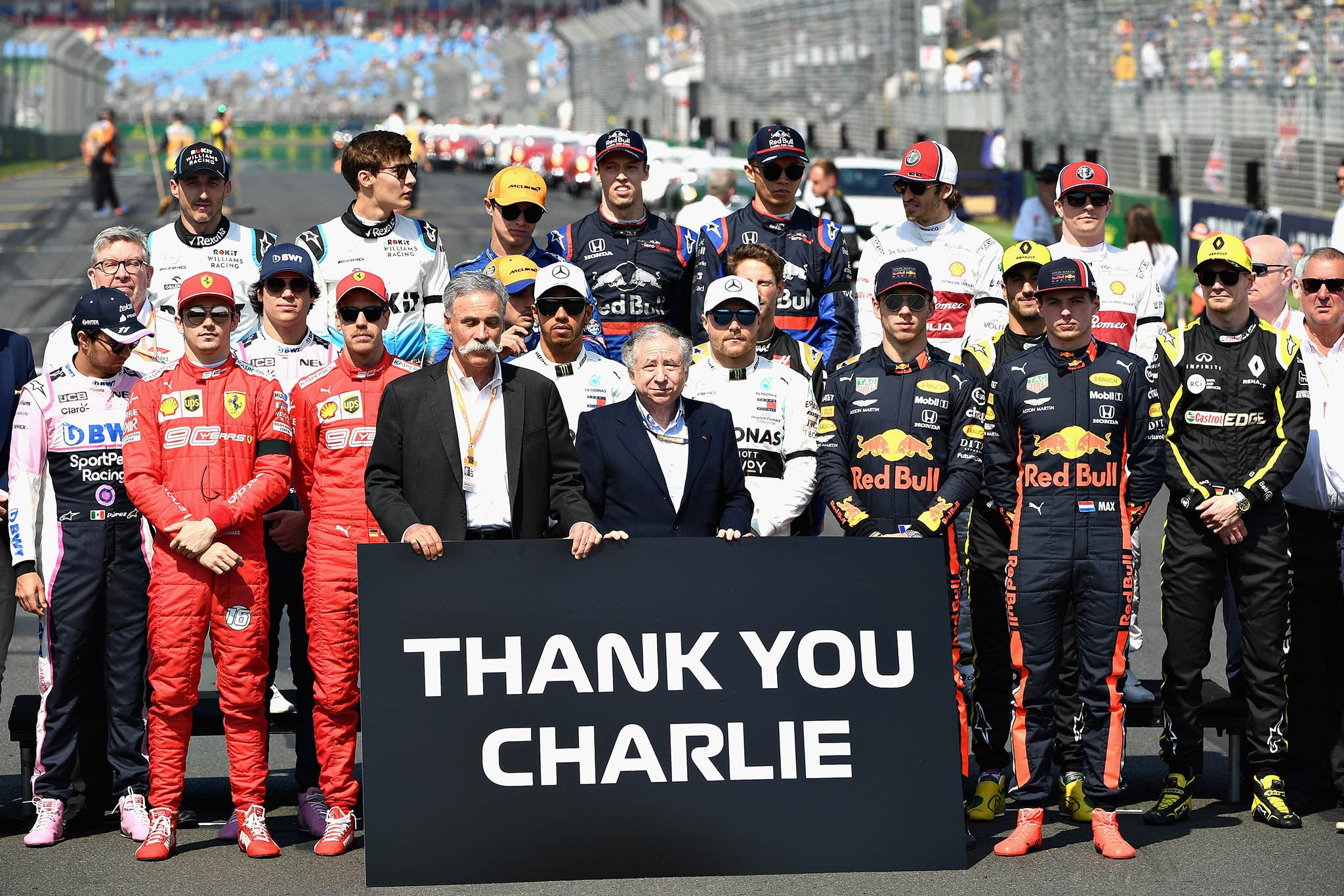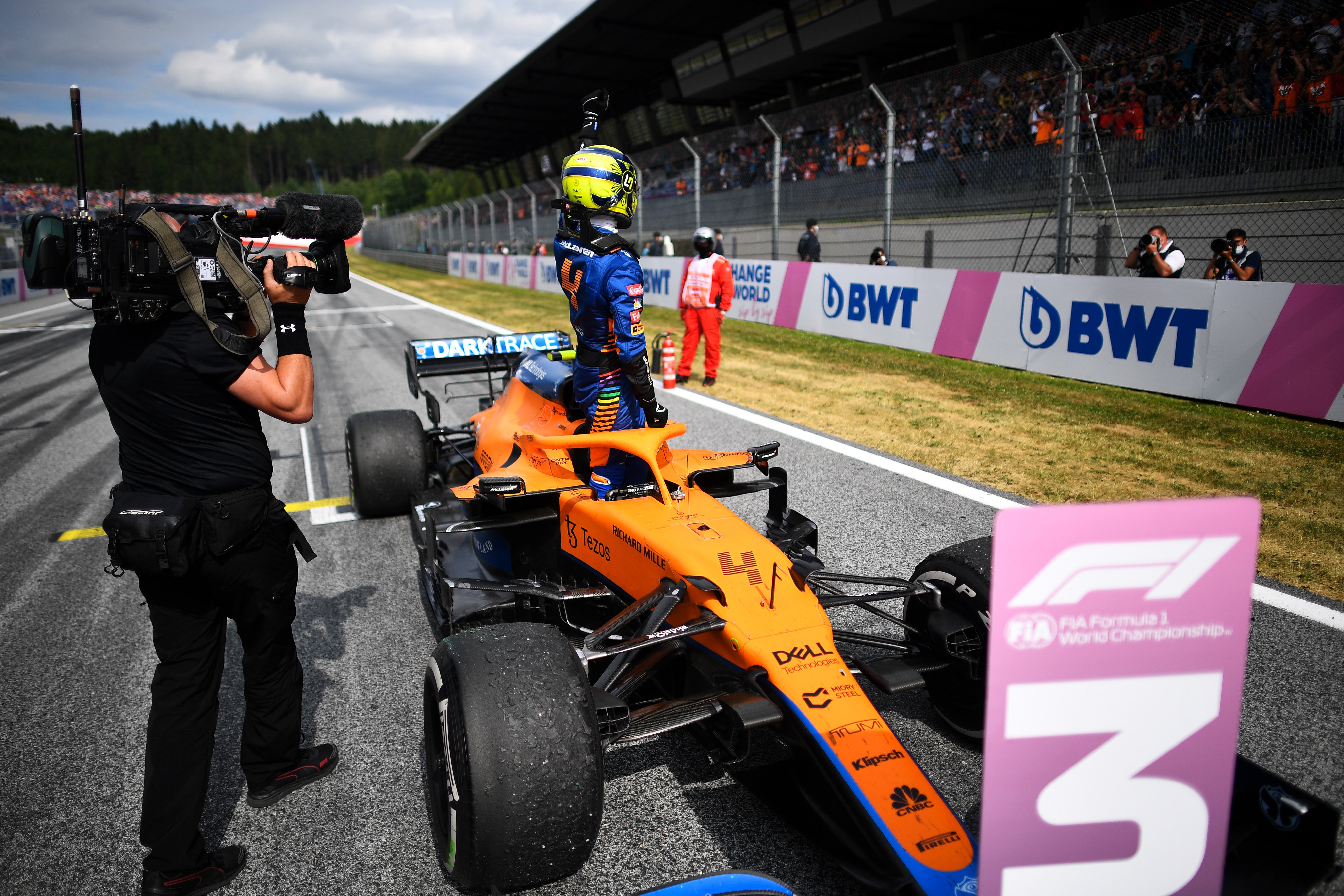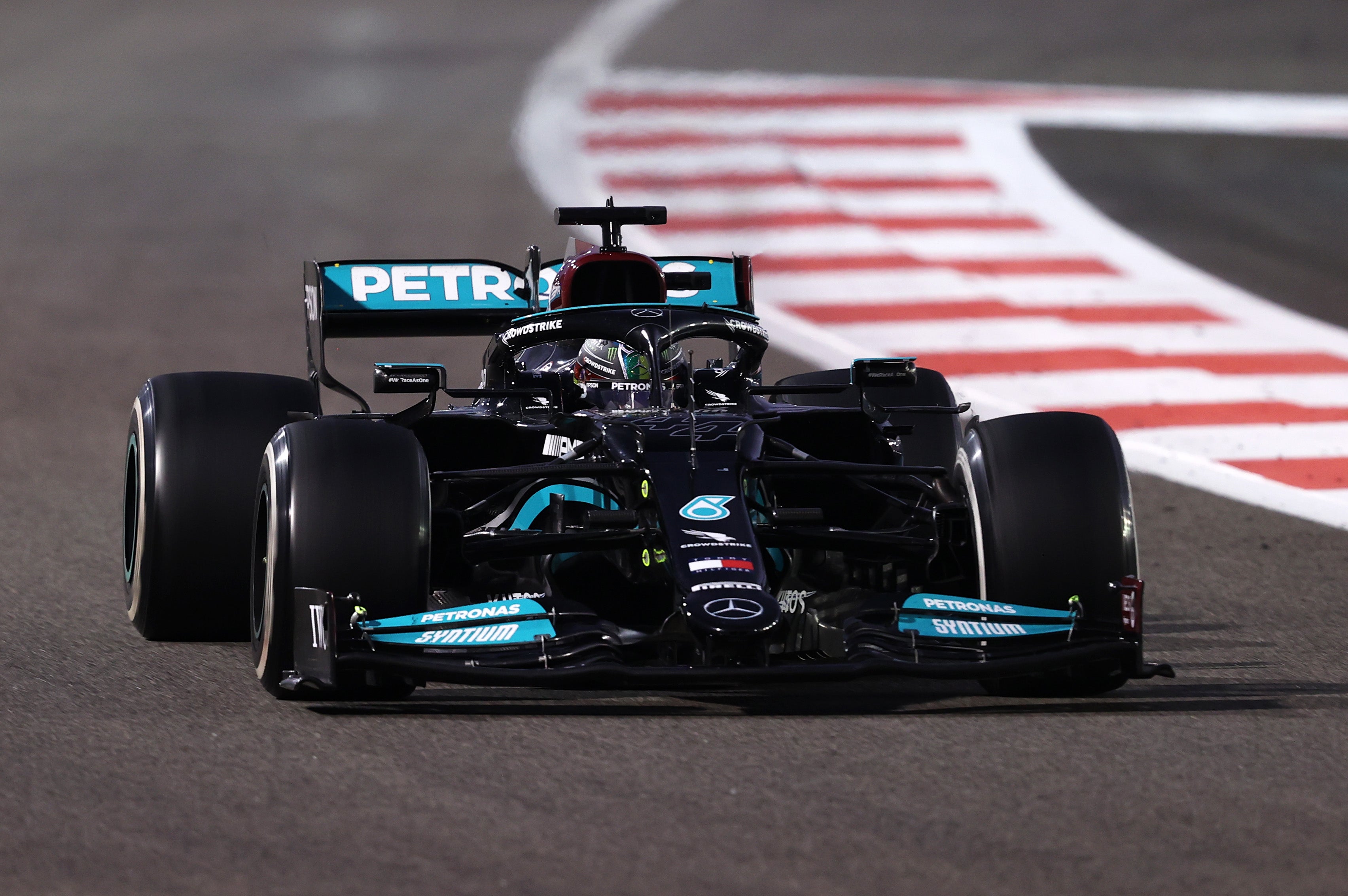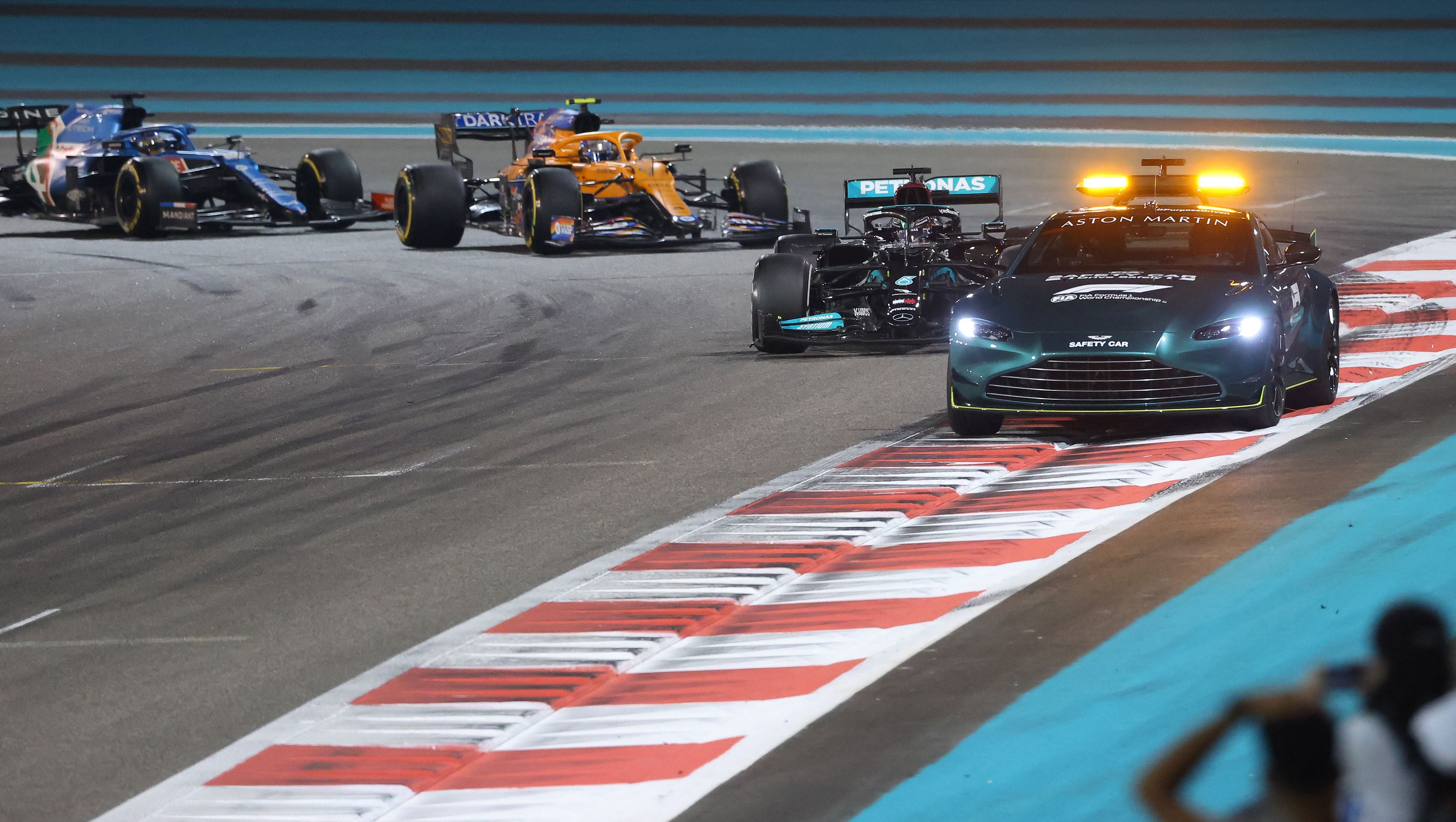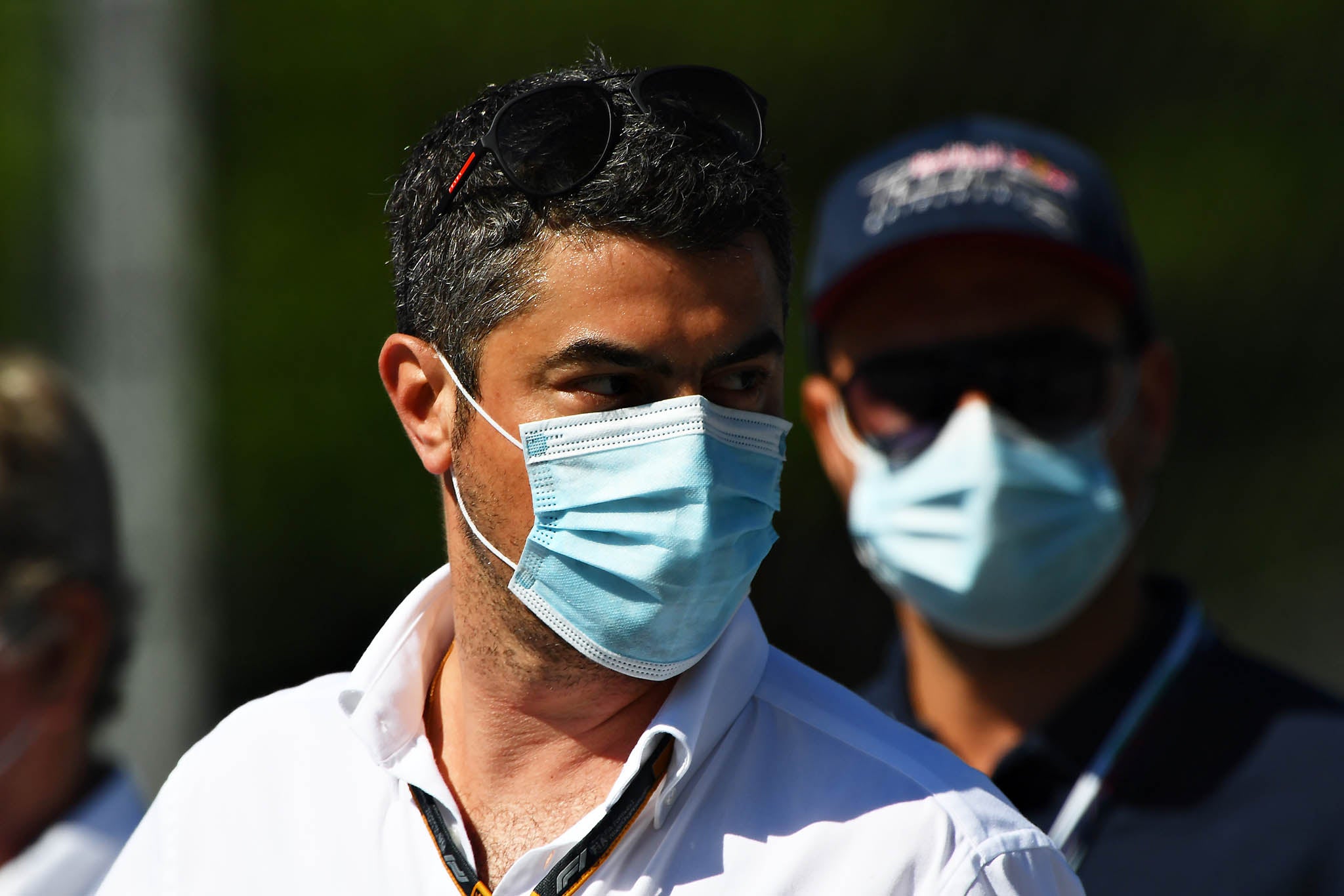Before I dive too deep into this, let me just say that Max Verstappen is a more than worthy Formula One champion. Although at times his aggressive driving style crossed the line with Lewis Hamilton this year, his outright speed, feedback, and racecraft mark him as a champion. Congratulations are fully due for the job that he and Red Bull Racing did this season to take the top prize in the sport. Championships are not won or lost based on one decision but over a season’s worth of performance. And by that metric, Verstappen has shown himself worthy of the title.
With that out of the way, it’s time to be frank. Formula 1 race director Michael Masi not only made multiple bad calls during the Abu Dhabi race, any one of which could have (and did) directly influenced the championship, but also ignored precedents that he himself set. This wasn’t just a one-off mistake by a relatively inexperienced race director thrust into the role by his mentor’s sudden passing. Masi has made several very questionable decisions throughout the year and they all add up to someone who should be very concerned about his job security.
Whether it was the four-lap farce behind the safety car at Spa, or the 10-second “non” penalty for Hamilton’s move on Verstappen at Silverstone that put Verstappen in the hospital for check-ups, or the “let them race” insane decision to let Verstappen’s dive-bomb move on Hamilton at Brazil (and Mexico and Jedda… twice) stand without reprimand, or the letting Hamilton drive off-track to negate Verstappen’s totally clean move on Hamilton in the championship race—pick any one of those calls and you’ll find a group positively apoplectic with the 41-year-old Aussie’s decisions.
There’s an old saying about race directors: If everyone doesn’t hate you, then you’re not doing your job. Based on the race at Yas Marina (and to be honest the entirety of the 2021 season), Masi is doing that part of his job very well. No matter whether you’re a fan or Verstappen or Hamilton, Red Bull or Mercedes, or just a fan wanting good racing, at various points you’ve had reasons to be pissed at Masi. Not because he’s enforcing the rules—but that he’s doing so without consistency. And without that, racing at this high level gets a lot more dangerous.
Who’s Michael Masi, Anyway?
After a stint as a deputy race director for the Aussie V8 SuperCar series (where he was involved in another championship-deciding decision with a penalty against Shane Van Gisbergen in the penultimate round), Masi joined the Fédération Internationale de l’Automobile in 2018 as the Formula 2 and Formula 3 deputy race director. He also was asked to work as a deputy race director in a handful of races for F1 by longtime F1 race director Charlie Whiting, who’d been in the role since 1997. Whiting was looking at Masi to potentially take over for him, but the die was cast when Whiting died suddenly on the eve of the 2019 Australian GP at age 66, thrusting Masi into the role of race director without warning. Now the man in charge of the top motorsport series in the world was someone with barely a year’s experience in the series.
By all accounts, Masi acquitted himself incredibly well at that first race, all things considered, which was enough to get him the invite to continue on in the race director role for the season. And with 2020 being a start-and-stop mess as the COVID pandemic hit, Masi’s got somewhat of a free pass as fans were just happy to see any racing at all. No one was looking all that hard at the officiating. Even then, though, cracks were starting to show with a few odd calls here and there raising some hackles. But no one was calling for Masi’s head. Yet.
Like I said at the outset, it’s not unusual for the race director to be taking flak from one side or the other on a pretty consistent (daily) basis. What is unusual is that there have been multiple times over the course of the season that Masi has been under siege from all sides at once for his decisions. That’s not the sign of a race director being unbiased; that is the sign of a race director struggling in his role.
Inconsistent Rule Enforcement
The main gripe with Masi has been about his inconsistent policing of track passing and track limits. Earlier this year, in Austria, Lando Norris got a penalty for forcing Sergio Perez off track at Turn 4. Norris was full alongside Perez on the inside, made it down to the apex, and barely had two wheels on the exit curbing; however, Perez tried to stay on the outside, ran out of room, and went off into the gravel trap. For that Norris received a five-second penalty which demoted him from second place. The only possible reason a penalty made sense was that there was a gravel trap on the exit of the corner, as opposed to concrete runoff, which would have allowed Perez to continue unimpeded. Later in the race, Perez made the exact same move on Ferrari’s Charles LeClerc that Norris made on him earlier, with the exact same result and LeClerc in the gravel. That time, no penalty was given to Perez.
Now fast forward a few months later to Brazil, with Verstappen’s super late braking, “no way in hell am I going to make this corner” dive-bomb on Hamilton that forced the both of them several car lengths off track and onto the paved runoff. This was far more egregious than the move that Norris made on Perez in Austria, but the response from race control was, “Let them race.” What makes that call even more perplexing was the 10-second penalty Hamilton received only a few races before at Silverstone for his analogous move on Verstappen.
If the message Masi wants to send to the drivers is that he wants to let them race, then Hamilton’s move was fully legit and not worthy of a penalty. The only difference between the two moves was that in Brazil, Hamilton backed out of trying to make the corner. In England, Verstappen did not. Masi seems to be policing things like a basketball ref policing an intentional charging foul: “If you stand there and get hit, I’ll give the other guy a penalty, but if you move out of the way, he’ll score and I won’t say anything.” The only problem is we’re not dealing with a seven-foot center, we’re dealing with multimillion-dollar, 200-mph missiles with real live human beings at the controls.
The argument can be (and was) made that a 10-second penalty for Hamilton that had no effect on the outcome of the race wasn’t really much of a penalty. Masi’s response to that was that he does not look at the outcome of an incident to determine the severity of a penalty. But clearly, that is not true. If it was, Norris’s incident with Perez in Austria should have gone unpenalized. This is where Masi’s inconsistency starts showing.
The on-track calls weren’t the only questionable ones Masi made this year. The decision to run two laps at Spa in the pouring rain under the safety car and call it a “race” was one of the more bizarre things I have ever seen in F1. With the weather worsening, there was no way that any consideration should have been given to start the race. And don’t get me started about letting Perez back into the “race” after he crashed on the formation lap on the way to the grid. Lest you think that running the two-lap “race” at Spa was silly but inconsequential, let me remind you that the only reason Verstappen came into the last race owning the tiebreaker of most race wins over Hamilton was due to Masi’s call here—handing Verstappen the win, although no real racing laps had been run.
The Championship on the Line
All of this leads us to last weekend’s championship race in Abu Dhabi. All of the pundits around the world were expecting an on-track clash between the two championship protagonists. All were calling for the race to be decided on track and not in the steward’s office. Unfortunately, that’s exactly what happened, although not in a way that anyone could have predicted.
Things got off to an inauspicious start for the race director only a half a lap into the race when Verstappen dove down to the inside of Hamilton at Turn 6. Hamilton left the door wide open but then decided to try to stay around the outside of the late-braking Verstappen. Assuming that Verstappen was going to, well, you know… be Verstappen and drive him off the circuit, Hamilton took the cut off and rejoined the track still in the lead. Except Verstappen, to the surprise of pretty much everyone, didn’t leave the racing circuit, managing to keep two wheels on the track. At that point in time, the corner should have been Verstappen’s and Hamilton should have been required to give the position back. He didn’t.
Watching the onboard video, you can see Hamilton lifting off the throttle a bit to try to reduce the gap back to Verstappen to show that he had not gained an unfair advantage by cutting the course. But of course, he did—he kept the position. Everybody who watched the race saw it that way. Everybody, that is, except for Michael Masi. His response was that by slowing a bit, Hamilton had given back any advantage that he gained. Except for, you know, being in the lead.
A wrong call, and by now a classic Masi contradiction. But it was merely the prequel to the grand finale to come. With only a handful of laps remaining, Nicolas Latifi in the Williams car spun and hit the wall while battling with Mick Schumacher, bringing out the safety car and bunching up the field—including Hamilton, who had pulled away to a fairly substantial lead. Up until that point, the race looked like a foregone conclusion: Hamilton taking the win and the championship. There would have been some griping from Verstappen fans about the non-call for Hamilton cutting the track, but Hamilton had put on a fairly commanding performance all race and was clearly the quicker of the two drivers on Sunday. But the safety car changed everything.
Now, bringing out the safety car was absolutely the right call. Latifi’s stricken car was blocking a substantial portion of the track and a virtual safety car would not have allowed the track workers to attempt to remove it. Hamilton was in a tough spot; if he had jumped into the pits for a fresh set of tires, he would have lost the lead to Verstappen, who would have stayed out. He opted to remain on the track. Meanwhile, Verstappen had nothing to lose and opted to pit for a fresh set of soft tires with the hope that the race would go back to green and give him a chance to attack Hamilton.
When a safety car is deployed there are a very specific set of protocols that are to be followed. The most important one (at least in the situation we are currently talking about) is that the race director has the option to allow the cars that have been lapped to unlap themselves by driving around the safety car and coming all the way back around the track. This is mainly done to get them out of the way and allow the leaders to race unimpeded when it goes green. Once that’s done, racing can resume on the following lap.
What a race director does not have the option to do is allow some of the cars to unlap themselves and not others. Masi himself set a precedent back at the Eifel Grand Prix in Germany in 2020 when he left the safety car out for a prolonged period of time when Lando Norris’ McLaren broke down. Masi was quoted by Motorsport Week as saying “There’s a requirement in the sporting regulations to wave all [emphasis mine] the lapped cars past. From that point, it was position six onwards that were still running [on the lead lap], so between 10 or 11 cars had to unlap themselves. Therefore the safety car period was a bit longer than what we would have normally expected.”
So, there we have Masi saying that all of the cars should be unlapping themselves during the safety car period, which may end up being longer than expected to allow that to happen. Clearly, that is not what happened last weekend. Instead, Masi allowed only the cars that were in between Hamilton and Verstappen to unlap themselves. Additionally, he resumed racing at the end of that penultimate lap, which, according to the rules, should not have occurred. The safety car should not have come off the track until the following lap, which would have ended the race under yellow.
Contravening both of these rules allowed Verstappen, now on a new set of soft tires, to get right up behind Hamilton. With Hamilton on worn-out hard tires, the result was inevitable. Verstappen drove around him within a half a lap to win the race and the championship.
Will Masi Return in 2022?
Forget the old adage about pissing people off—the one thing that any race director needs to do is be consistent. As drivers and teams are required to make split-second decisions at high rates of speed, most of the things that drivers do are subconscious. They have to be. If you stop and think about what you’re doing at 200 miles an hour, the window to do whatever you need to has long since passed. Knowing what the rules of engagement are and how the person in charge expects drivers to race is massively important. It’s a crucial standard that Masi has not lived up to as an F1 race director.
Do all of these bad decisions mean that Masi should lose his job? That’s a question for people way above my pay grade. Many people have very fond memories of Charlie Whiting, but I’ve been watching the sport long enough to remember more than a few epithets thrown his way by various drivers and team managers for questionable decisions. Hopefully, Masi can take all of these critiques to heart and grow and improve as a race director. Formula One and its fans deserve that.
Robb Holland is an American race car driver and automotive journalist. He has competed in the British Touring Car Championship, Pikes Peak, the World Touring Car Championships, and more.
Source: Read Full Article
